Belize Heritage at Home Series No. 4
Written by: Linette Sabido
Food has always been central to our way of life, not only for its nutritional value but because of the significance it has in culture. Food carries our history and traditions, and illustrates our way of life. One can learn a great deal about another culture through studying and experiencing their food. Culinary traditions are passed down from generation to generation; each plate is a glimpse of who we are. Every meal, tells a story.
As part of our Belize Heritage at Home Series, we invited persons to share how they practiced their heritage at home. With food at the heart of almost everything concerning heritage, we received many recipes, videos, and photographs of people sharing their food ‘virtually’. It was amazing to see the many stories told with a plate of food. They showed that with food, heritage begins at home.
Food from the Haat
I grew up very close to my great grandmother. One of my fondest memories of her is standing beside her while she prepared Escabeche on the fyah haat. I can close my eyes and am instantly transported to those days. It was a stick kitchen that she had been cooking in her whole life. At the heart of the kitchen was her fyah haat that had been rebuilt quite a couple of times. As she lit the fire, all the smoke would blow towards me, my eyes would get red and I’d be smelling of smoke, yet I remained right by her side. The smell of the roasting chicken would keep me lingering by, it was as if my feet had been magically glued down. She’d continue by cutting the onions and although a river of tears followed, I continued there until everything was ready. Every time I have fyah haat Escabeche, the familiarity of that smoky taste takes me back to those fond memories of my great grandmother; an instant smile dominates my face.
The thought of food instantly triggers memories. We might recall a delicious dish that we’ve had that made us wonder, ‘how is it possible for something so exquisite to exist?’ or something that we can’t believe we tortured our taste buds with. Food is very provoking! The smell, the taste and even the texture can take you down memory lane and remind you of those sweet or sour days. The submissions received highlighted the dynamic role of food as a connector to family, to heritage and tradition, and as transmitter of culture.
Elaine Mahler, shares:
“As a Belizean living abroad, I make sure that I continue practicing my cultural heritage though my cooking. As a child I saw so many different ethnic foods and it fascinated me. I traveled and taste the foods and would go home to recreate them. It is such joy to recreate the foods I’ve tasted and getting to know about the culture the food originates from. Belize is a melting pot.”
In Belize, we are blessed to have our resources at close reach. Sometimes it is as easy as going to your backyard to see what can be incorporated in a meal. Many of our local dishes reflect our traditional knowledge about our natural environment such as using medicinal and edible plants.
Miriam Loh shares:
“I have always learnt to look out for plants that grow rather wild or are just very low maintenance, like papalo and santa maria leaf/cowfoot leaf. Instead of keeping our yard peeled back, we choose to keep the yard looking bushy but which had so many plants I read about in Rainforest Remedies by Rosita Arvigo. So even when I don’t have a conventional garden with tomatoes or lettuce, there is still something always growing that we can pick from to nourish ourselves.”
We want to pass on this particular Belizean heritage of edible and medicinal plants to our children.”
Florencia Castillo Shares:
“Food is medicine, eat what we grow, stay healthy Belize. Make your daily diet reflect what our ancestors taught us in recipes. ‘Decolonize our Pallets!’ Slowly I am expanding on my herbal “kunuco” Mayan garden and will be promoting local culinary herbs for both cooking and medicinal.”

Sharing a Plate: Transmission and Safeguarding
Belize, like countries around the world, declared a State of Emergency in response to the Covid-19 pandemic. This was followed by strict regulations and country lockdown. This led to many families spending more time together. In response to coping with the country lockdown, Belizeans took creative initiatives to bond with family, food being at the center of it. Among these creative ways were teaching young children about their cultural heritage through cooking, preparing traditional family recipes and sharing food with neighbors.
Keisha Garbutt Shares:
“As a parent, I believe that it’s my job to make sure that my child knows and appreciates her heritage. My daughter, Majesti’s dad is half Garinagu. I always joke and say that I’ve borrowed the culture since I’ve always been so fascinated and intrigue by the music, food and language of the people. I appreciate a good hudut and sahou. This appreciation is the same that I want to trickle down to Majesti. In my kitchen, I always try to incorporate different dishes and because of how inquisitive and handy Majesti is, her dad and I have been able to include her in our daily kitchen routines. Recently, when we cooked up a steaming dish of hudut, we had her beating the plantain. She saw us doing it and wanted to try. It’s important to us that we pass on these cultural practices to our children so that the culture doesn’t die.”
Learning traditional family recipes was also among the activities that kept many of us Belizeans engaged. Maja Blanca was one of the popular dishes shared with us. Maja Blanca is a traditional rice based dessert.
While weathering the Covid-19 pandemic, this cultural tradition of food sharing did not stop, but measures were taken practicing social distancing. No longer did bringing a plate of food over to family or neighbors translated to long conversations. The concept of sharing a plate of food took a different meaning. Belizeans begun sharing their food virtually. Social media platforms were the medium used to send a picture, video, or recipe about food. This demonstrates that culture is dynamic, and with food as a medium it continues to evolve as we adapt to our changing environment and circumstances.
Continue reading in part 2 of With Food, Heritage Begins at Home article next Monday, June 22, 2020, where we will continue to highlight how you practice your heritage at home.
About the author: Linette Sabido is a Research and Education Officer with the Institute for Social and Cultural Research, ISCR-NICH. One of her primary responsibilities includes coordinating the implementation of the UNESCO 2003 Convention for Safeguarding of Intangible Cultural Heritage at the community level.
Contributors: Miriam Loh, Elaine Mahler, Florencia Castillo, Keisha Garbutt, Teresita Perez-Martinez.
Photos: Courtesy of the Institute for Social and Cultural Research / NICH, Miriam Loh, Elaine Mahler, Florencia Castillo, Keisha Garbutt, Teresita Perez-Martinez.


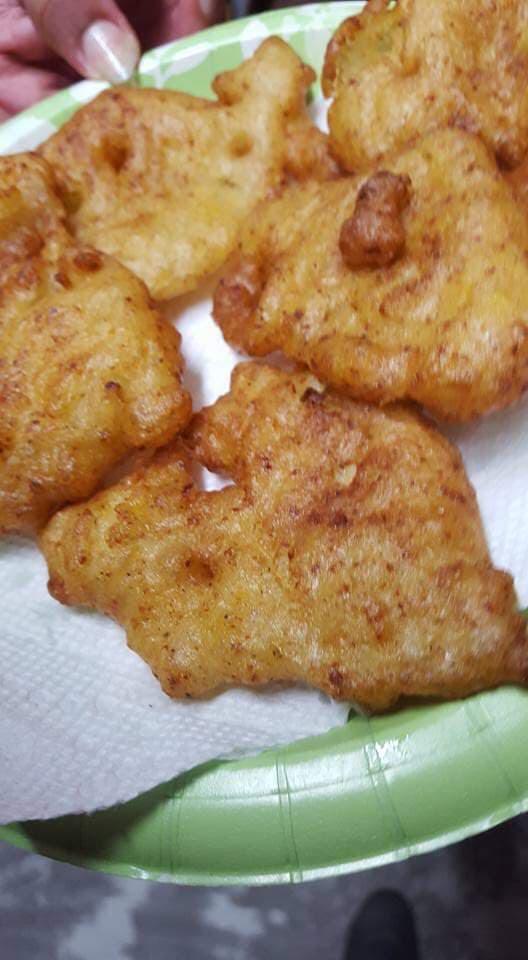
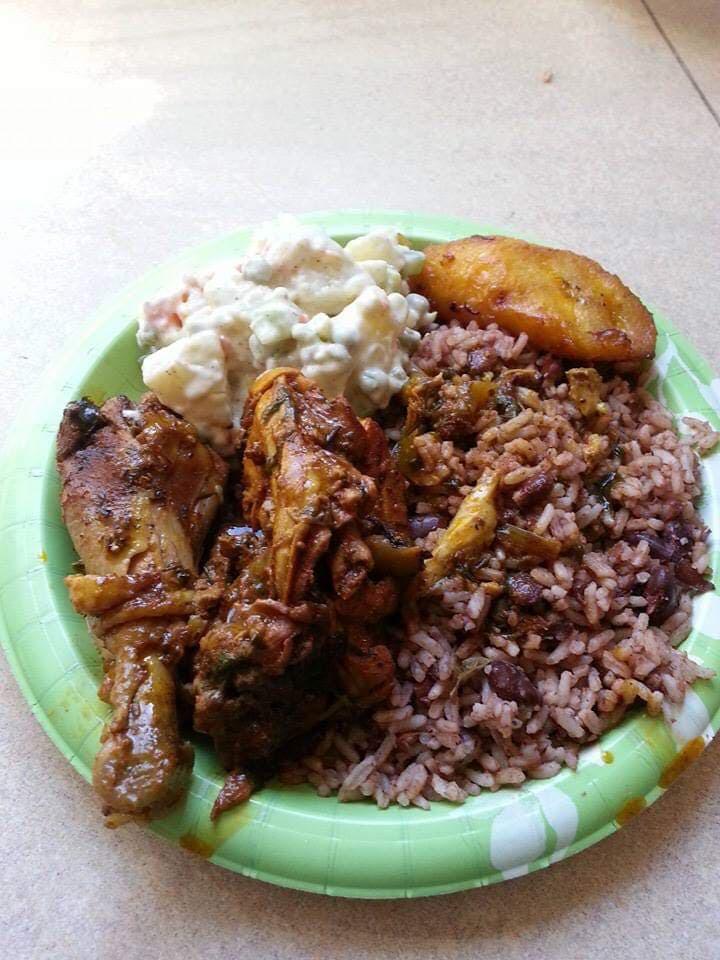


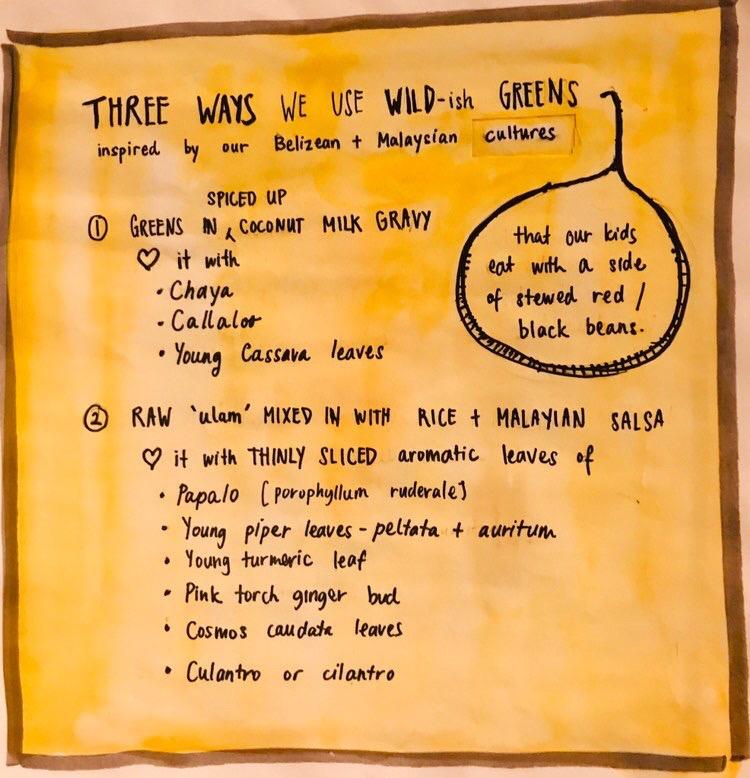
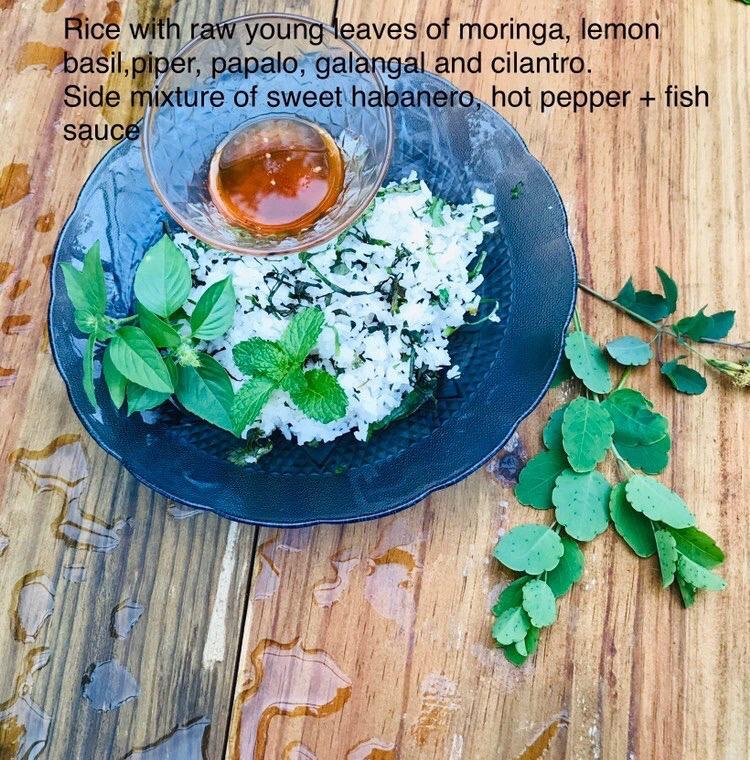
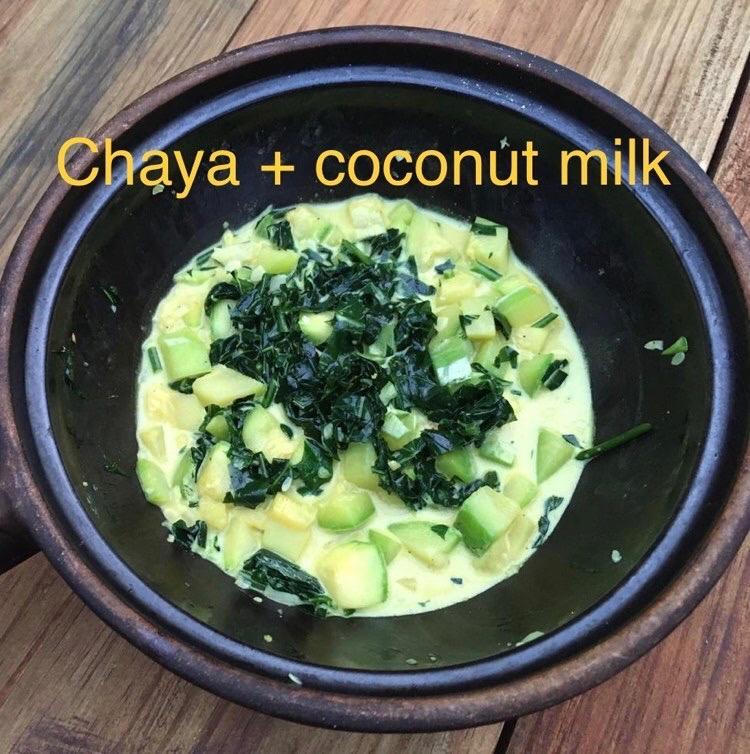
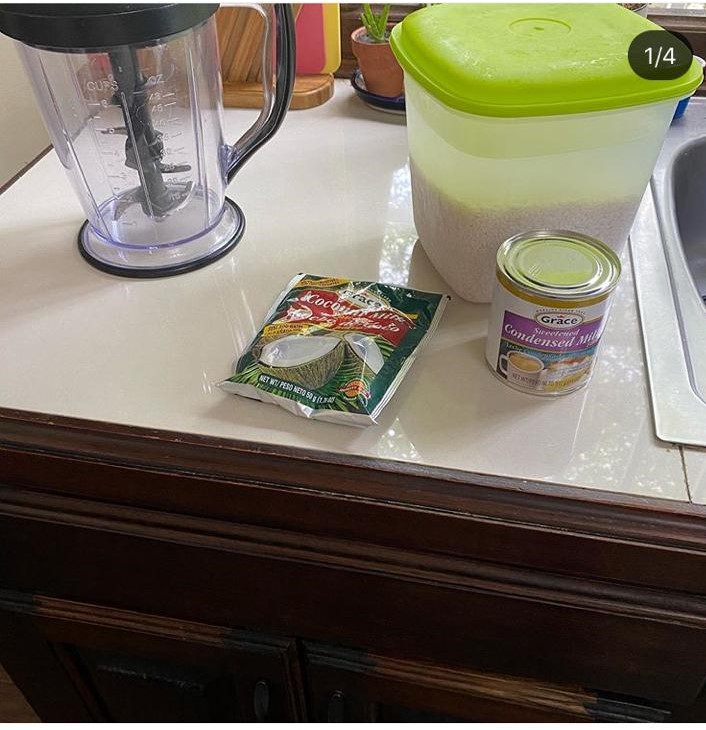
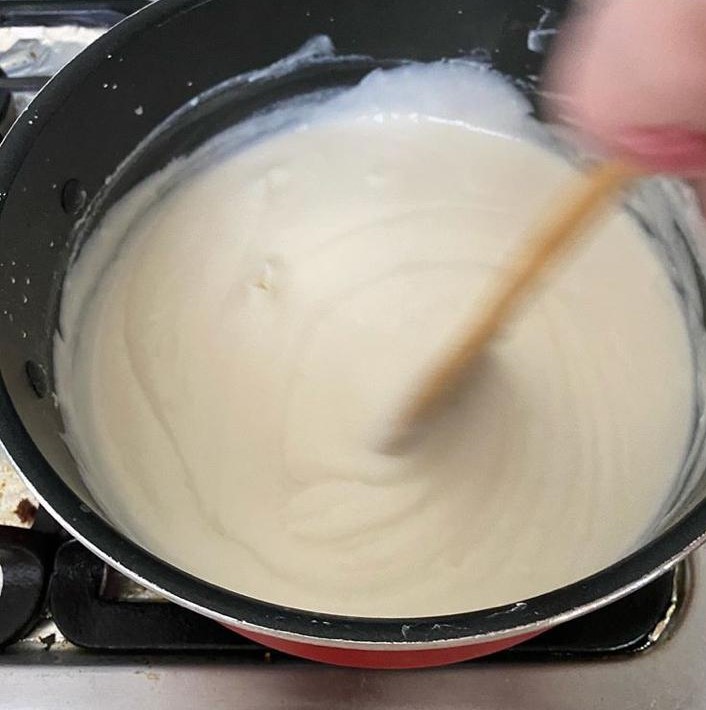
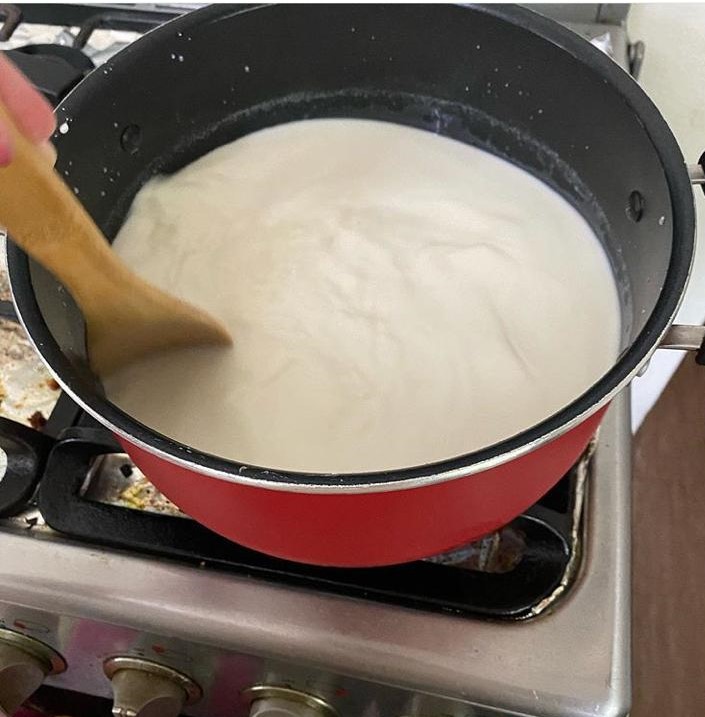
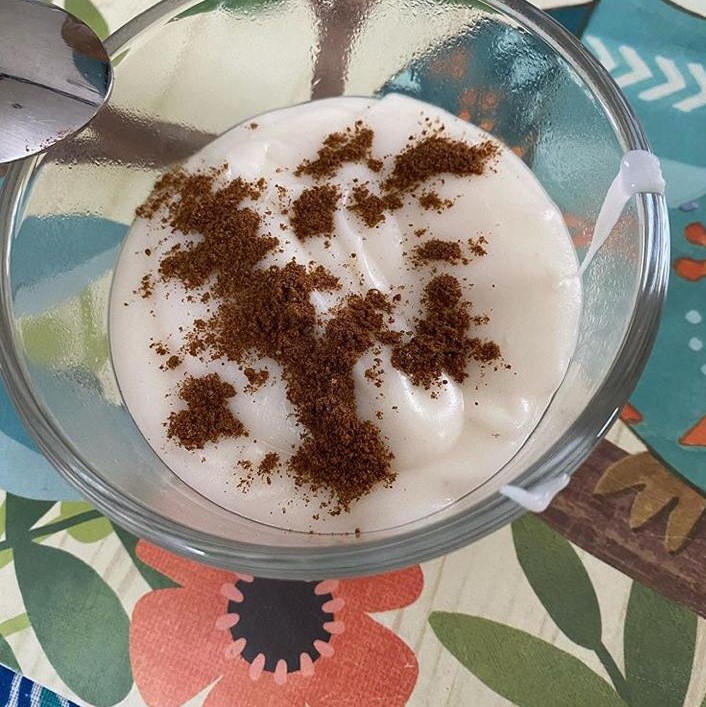

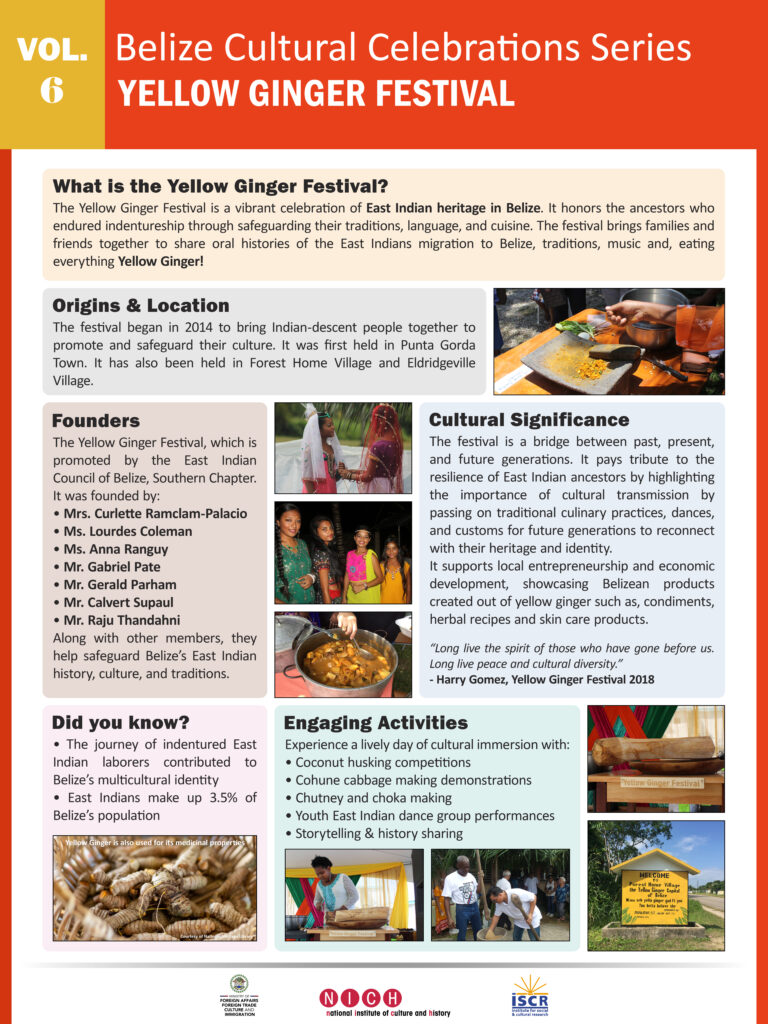
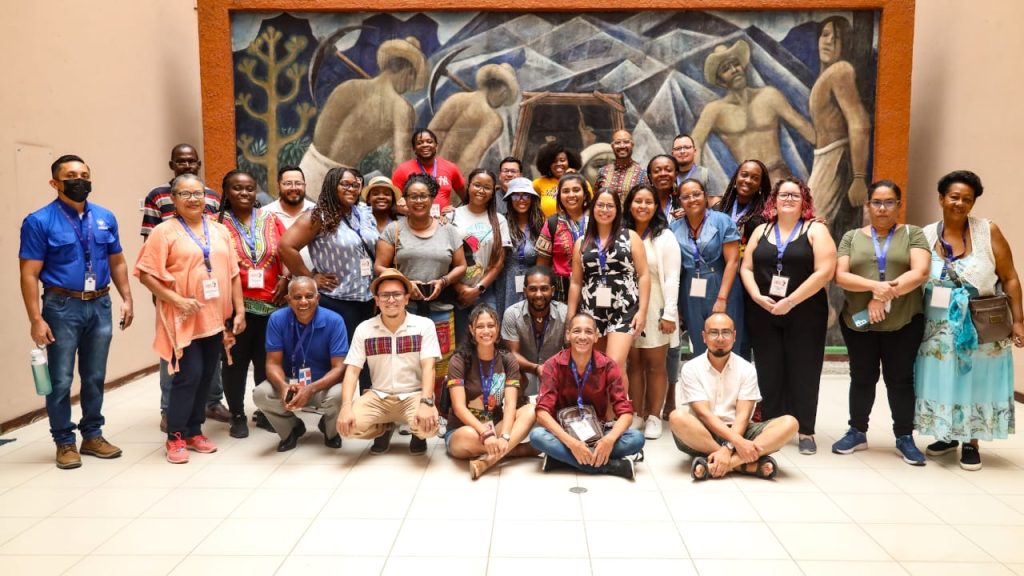
Recent Comments